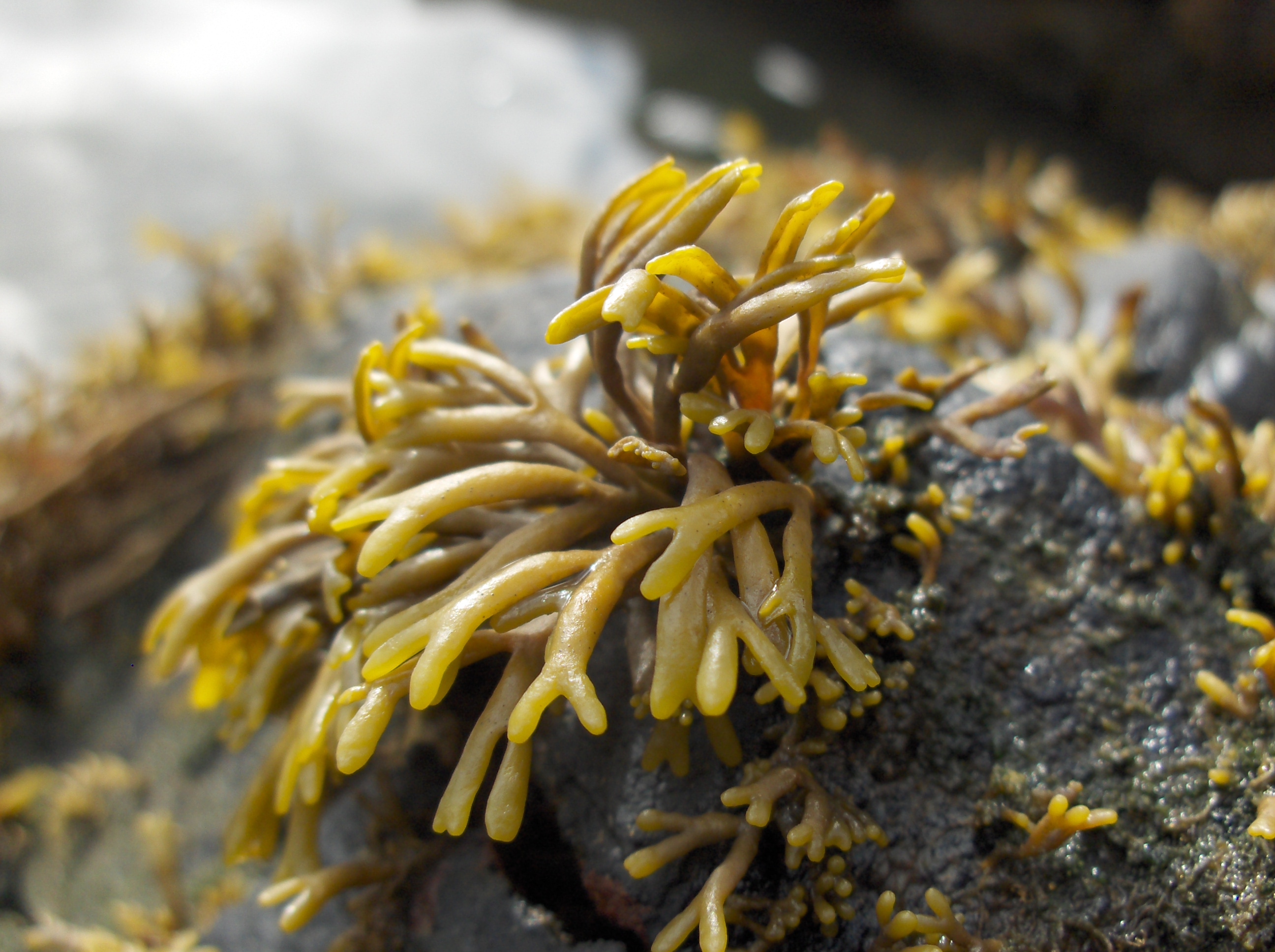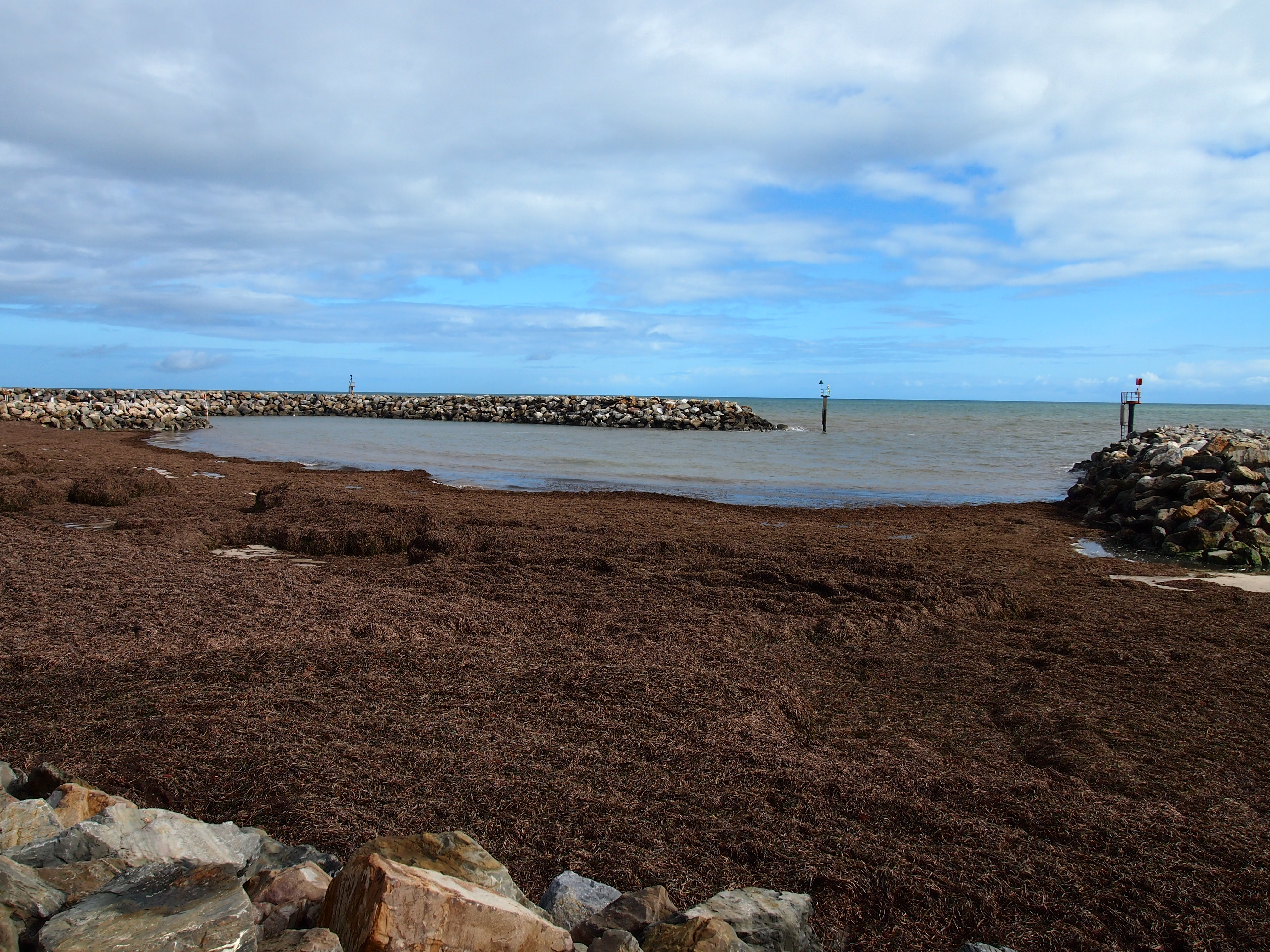Seawrack on:
[Wikipedia]
[Google]
[Amazon]



 Wrack is part of the common names of several species of
Wrack is part of the common names of several species of


 Wrack is part of the common names of several species of
Wrack is part of the common names of several species of seaweed
Seaweed, or macroalgae, refers to thousands of species of macroscopic, multicellular, marine algae. The term includes some types of '' Rhodophyta'' (red), ''Phaeophyta'' (brown) and ''Chlorophyta'' (green) macroalgae. Seaweed species such as ...
in the family Fucaceae
The Fucaceae are a family of brown algae, containing six genera:
*''Ascophyllum'' Stackhouse – one species
*''Fucus'' L. – 15 species
*'' Hesperophycus'' Setchell & Gardner – one species
*'' Pelvetia'' Decne. & Thur. – one species
*'' Pel ...
. It may also refer more generally to any seaweeds or seagrass
Seagrasses are the only flowering plants which grow in marine environments. There are about 60 species of fully marine seagrasses which belong to four families (Posidoniaceae, Zosteraceae, Hydrocharitaceae and Cymodoceaceae), all in the orde ...
es that wash up on beaches and may accumulate in the wrack zone
The wrack zone or wrack line is a coastal feature where organic material (e.g. kelp, seagrass, shells) and other debris is deposited at high tide. This zone acts as a natural input of marine resources into a terrestrial system, providing food and ...
.
It consists largely of species of ''Fucus
''Fucus'' is a genus of brown algae found in the intertidal zones of rocky seashores almost throughout the world.
Description and life cycle
The thallus is perennial with an irregular or disc-shaped holdfast or with haptera. The erect portion o ...
'' — brown seaweeds with flat branched ribbon-like fronds, characterized in '' F. serratus'' by a saw-toothed margin and in '' F. vesiculosus'', another common species, by bearing air-bladders. Another component of sea wrack may be seagrasses such as ''Zostera marina
''Zostera marina'' is a flowering vascular plant species as one of many kinds of seagrass, with this species known primarily by the English name of eelgrass with seawrack much less used, and refers to the plant after breaking loose from the submer ...
'' a marine flowering plant with bright green long narrow grass-like leaves. ''Posidonia australis
''Posidonia australis'', also known as fibre-ball weed or ribbon weed, is a species of seagrass that occurs in the southern waters of Australia. It forms large meadows important to environmental conservation. Balls of decomposing detritus from ...
'', which occurs sub-tidally on the southern coasts of Australia, sheds its older ribbon-like leaf blades in winter, resulting in thick accumulations along more sheltered shorelines.
*"Bladder wrack", ''Fucus vesiculosus
''Fucus vesiculosus'', known by the common names bladder wrack, black tang, rockweed, sea grapes, bladder fucus, sea oak, cut weed, dyers fucus, red fucus and rock wrack, is a seaweed found on the coasts of the North Sea, the western Baltic Se ...
''
*"Channelled wrack", ''Pelvetia canaliculata
''Pelvetia canaliculata'', the channelled wrack, is a very common brown alga (Phaeophyceae) found on the rocks of the upper shores of Europe. It is the only species remaining in the monotypic genus ''Pelvetia''. In 1999, the other members of this ...
''
*"Knotted wrack", ''Ascophyllum nodosum
''Ascophyllum nodosum'' is a large, common cold water seaweed or brown alga (Phaeophyceae) in the family Fucaceae, being the only species in the genus ''Ascophyllum''. It is a seaweed that only grows in the northern Atlantic Ocean, also known in ...
''
*"Spiral wrack" or "flat wrack", ''Fucus spiralis
''Fucus spiralis'' is a species of seaweed, a brown alga (Heterokontophyta, Phaeophyceae), living on the littoral shore of the Atlantic coasts of Europe and North America. It has the common names of spiral wrack and flat wrack.
Description
'' ...
''
*"Toothed wrack" or "serrated wrack", ''Fucus serratus
''Fucus serratus'' is a seaweed of the north Atlantic Ocean, known as toothed wrack or serrated wrack.
Description and reproduction
''Fucus serratus'' is a robust alga, olive-brown in colour and similar to ''Fucus vesiculosus'' and ''Fucus spir ...
''
Historically wrack was used for making manure
Manure is organic matter that is used as organic fertilizer in agriculture. Most manure consists of animal feces; other sources include compost and green manure. Manures contribute to the fertility of soil by adding organic matter and nutri ...
, and for making "kelp", a form of potash
Potash () includes various mined and manufactured salts that contain potassium in water-soluble form.
.
The word's origin is possibly from M Dutch 'wrak', from its root - to push, to shove, to drive.
In the case of seaweed, its sense is in a possible derivation of the word wreck - cast up on shore.
References
* {{Plant common name Fucales Edible seaweeds Seaweeds